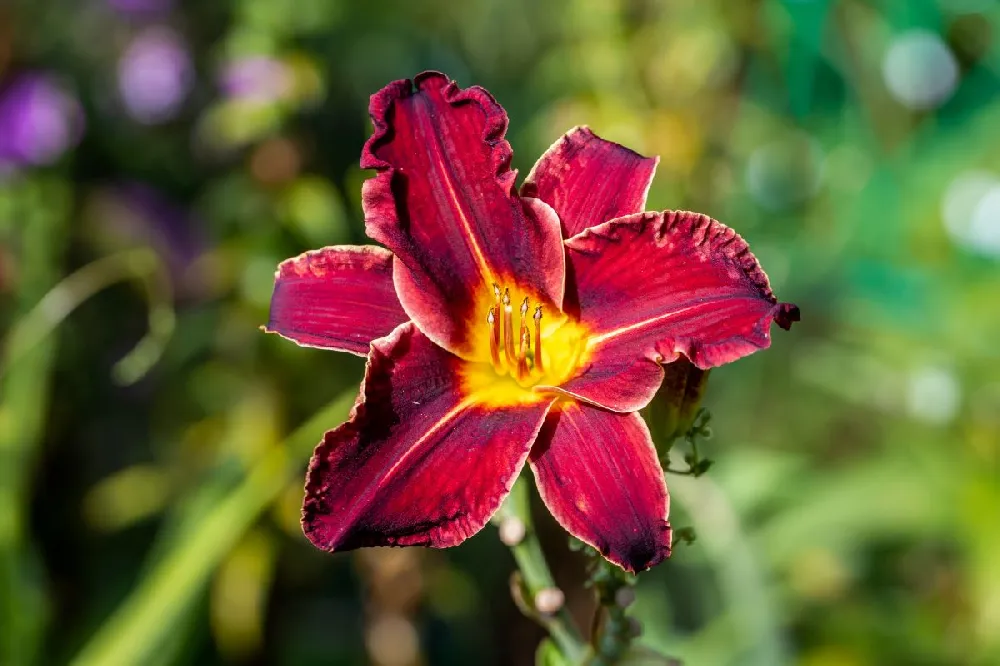Flowers That Start With ‘P’ for Sale - Buying & Growing Guide
Filters
Price Range
Growing Zones
Plant Type
Flower Color
Sunlight
Mature Height
Plant Characteristics
10 Results
-
Growing Zone(s): 5-10$57.95
$61.95Save up to 6% -
Growing Zone(s): 5-10$89.95
$99.95Save up to 10% -
Growing Zone(s): 3-11 / 9-11$80.95
-
Growing Zone(s): 3-11 / 10-11$52.95
$98.95Save up to 46% -
Growing Zone(s): 3-9$39.95
-
Growing Zone(s): 3-9$39.95
-
Growing Zone(s): 4-8$114.95
$229.95Save up to 50% -
Sold OutGrowing Zone(s): 4-9$25.95
-
Sold OutGrowing Zone(s): 8-11$99.95
-
Sold OutGrowing Zone(s): 4-11$42.95
Flowers That Start With ‘P’ – Buying & Growing Guide
You might be surprised by how many flowers begin with the letter “P.” Planting a garden with this as your theme will give you a mass of color and texture pleasing to the eye and cleverly done. Explore the different types of flowers that start with a “P” and plan your garden.
Types of Flowers That Start With a ‘P’
| Type | Growing Zones | Mature Height | Sun | Features |
| Peruvian Lily; Alstroemeria | 6-10 | 2-3 feet | Full to partial sun: at least 4 hours of direct light a day | Tuberous perennial with dark green leaves and colorful, long-lasting flowers |
| Phlox, Phlox paniculata | 3-9 | 2-4 feet | Full to partial sun: at least 4 hours of direct light a day | Masses of white, pink, or purple long-lasting flowers; attract pollinators; most varieties are perennial |
| Primrose; Primula | 3-8 | 5-8 inches | Full to partial sun: at least 4 hours of direct light a day | Brightly colored two inch flowers; bloom in spring; short-lived perennial |
| Pansy, Viola | 4-10 | 6-12 inches | Full to partial sun: at least 4 hours of direct light a day | Perennial; fragrant blooms in spring; excellent for edging and containers |
| Petunia, Petunia | 2-11 | 6-12 inches | Full to partial sun: at least 4 hours of direct light a day | Fast grower; annual below zone 11; prolific bloomer from spring through fall; excellent container plant |
| Passionflower, Passiflora | 6-11 | Up to 30 feet | Full to partial sun: at least 4 hours of direct light a day | Can be bushes or climbers; most varieties need Zone 8 or warmer; exotic multicolored blooms |
| Peony, Paeonia | 3-9 | 2-3 feet | Full to partial sun: at least 4 hours of direct light a day | Stunning fragrant flowers in early summer; excellent cut flowers; good border plants |
| Pineapple Lily, Eucomis | 6-10 | 2-3 feet | Full sun: 6 or more hours a day | Bulbous perennial; racemes of white or pink flowers on tall stalks; deer resistant |
| Pincushion Flower, Leucospermum | 9-11 | 4-12 feet | Full sun: 6 or more hours a day | Evergreen shrub with large six inch flower clusters; drought-resistant; likes acidic soil |
| Plumbago, Plumbago | 8-11 | 4-10 feet | Full to partial sun: at least 4 hours of direct light a day | Vining or shrubby plants with profuse trumpet-shaped flowers; great for borders and against walls |
How to Plant Flowers
Site your plant carefully so it receives the amount of daylight most conducive for its growth. Most flowering plants appreciate fertile, well-draining soil in a place where water does not puddle.
To plant a nursery-grown specimen, unpot your plant and tease out any encircling roots, which can girdle your plant and eventually kill it. Dig a hot that’s a little deeper than the root ball and twice as wide. Throw in a shovelful of well-rotted compost or manure and place your plant in the hole. Fill in around it with loose, friable soil that’s mixed with compost. Tamp down carefully and water thoroughly.
When newly planted, most flowers appreciate water every day or so, unless you get rain. Once they are established and growing, you can cut back on the water. One inch of water a week is appropriate for most flowers, either from rain or supplemental watering. When watering with a hose, direct the water to the root zone rather than the leaves to avoid fungal diseases.
Give your plants a boost with regular applications of all-purpose, balanced fertilizer, applying it as the package directions indicate. Ease back on fertilizing by July, when the plant starts preparing itself for the coming winter.













